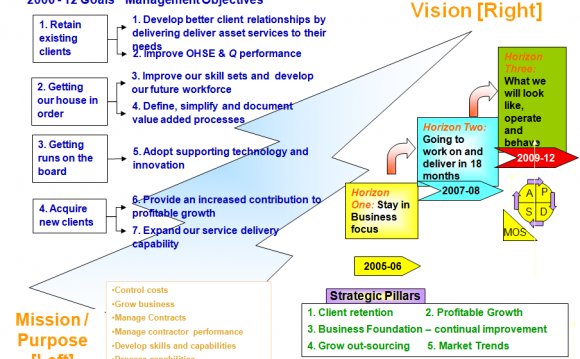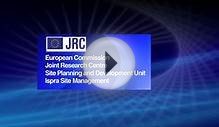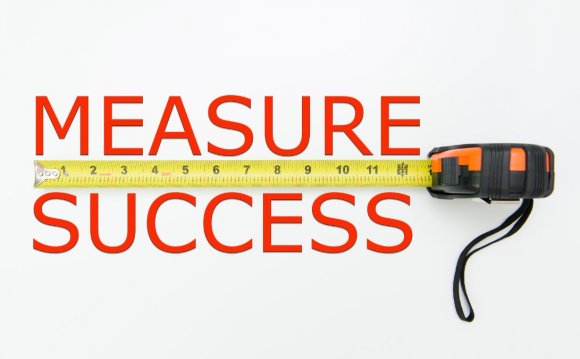
Strategic planning is a process and thus has inputs, activities, outputs and outcomes. This process, like all processes, has constraints. It may be formal or informal and is typically iterative, with feedback loops throughout the process. Some elements of the process may be continuous and others may be executed as discrete projects with a definitive start and end during a period. Strategic planning provides inputs for strategic thinking, which guides the actual strategy formation. The end result is the organization's strategy, including a diagnosis of the environment and competitive situation, a guiding policy on what the organization intends to accomplish, and key initiatives or action plans for achieving the guiding policy.
Michael Porter wrote in 1980 that formulation of competitive strategy includes consideration of four key elements:
- Company strengths and weaknesses;
- Personal values of the key implementers (i.e., management and the board);
- Industry opportunities and threats; and
- Broader societal expectations.
The first two elements relate to factors internal to the company (i.e., the internal environment), while the latter two relate to factors external to the company (i.e., the external environment). These elements are considered throughout the strategic planning process.
Inputs[edit]
Data is gathered from a variety of sources, such as interviews with key executives, review of publicly available documents on the competition or market, primary research (e.g., visiting or observing competitor places of business or comparing prices), industry studies, etc. This may be part of a competitive intelligence program. Inputs are gathered to help support an understanding of the competitive environment and its opportunities and risks. Other inputs include an understanding of the values of key stakeholders, such as the board, shareholders, and senior management. These values may be captured in an organization's vision and mission statements.
Activities[edit]
The essence of formulating competitive strategy is relating a company to its environment.
Strategic planning activities include meetings and other communication among the organization's leaders and personnel to develop a common understanding regarding the competitive environment and what the organization's response to that environment (its strategy) should be. A variety of strategic planning tools (described in the section below) may be completed as part of strategic planning activities.
The organization's leaders may have a series of questions they want answered in formulating the strategy and gathering inputs, such as:
- What is the organization's business or interest?
- What is considered "value" to the customer or constituency?
- Which products and services should be included or excluded from the portfolio of offerings?
- What is the geographic scope of the organization?
- What differentiates the organization from its competitors in the eyes of customers and other stakeholders?
- Which skills and resources should be developed within the organization?
Outputs[edit]
The output of strategic planning includes documentation and communication describing the organization's strategy and how it should be implemented, sometimes referred to as the strategic plan. The strategy may include a diagnosis of the competitive situation, a guiding policy for achieving the organization's goals, and specific action plans to be implemented. A strategic plan may cover multiple years and be updated periodically.
The organization may use a variety of methods of measuring and monitoring progress towards the objectives and measures established, such as a balanced scorecard or strategy map. Companies may also plan their financial statements (i.e., balance sheets, income statements, and cash flows) for several years when developing their strategic plan, as part of the goal setting activity. The term operational budget is often used to describe the expected financial performance of an organization for the upcoming year. Capital budgets very often form the backbone of a strategic plan, especially as it increasingly relates to Information and Communications Technology (ICT).
INTERESTING VIDEO














